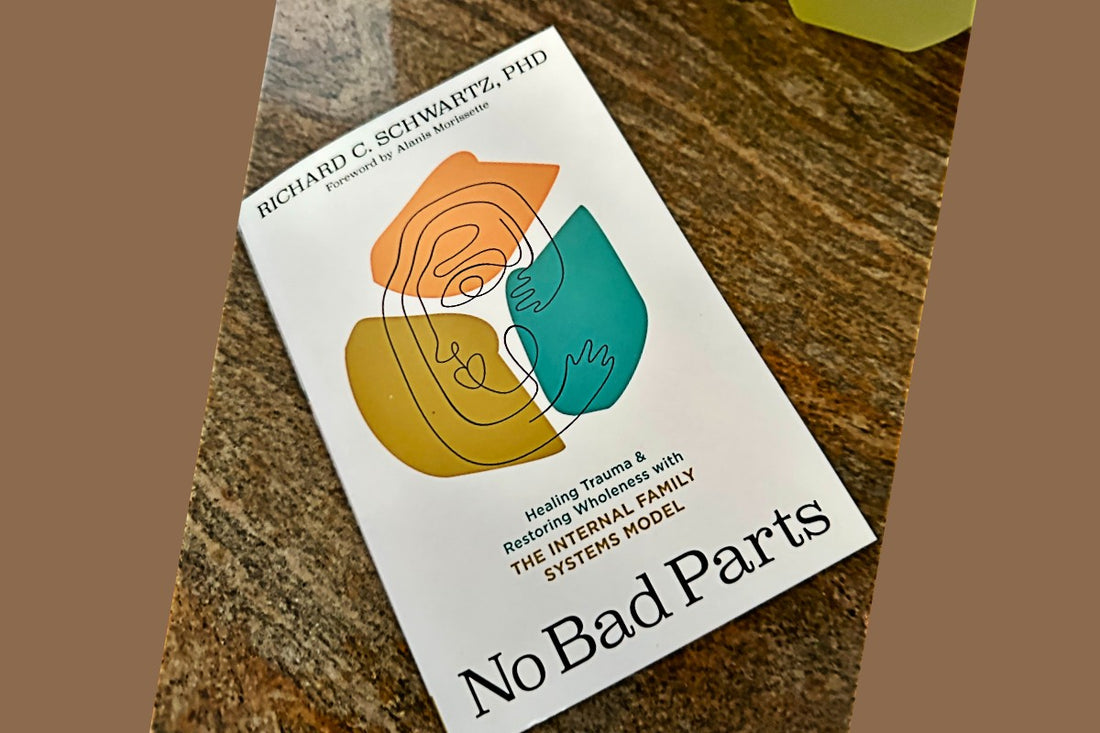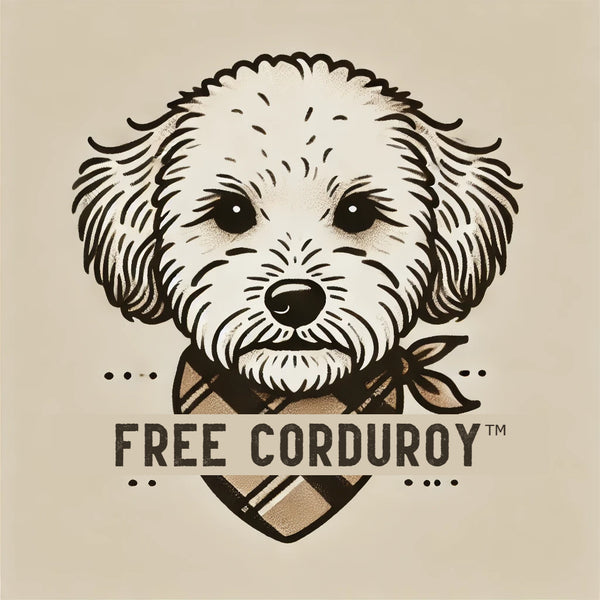
Embracing Every Part of Ourselves: Lessons from Richard Schwartz’s No Bad Parts
Share
Embracing Every Part of Ourselves: Lessons from Richard Schwartz’s No Bad Parts
In No Bad Parts, Richard Schwartz invites readers to reimagine their relationship with their inner world. This groundbreaking book introduces Internal Family Systems (IFS) therapy, a compassionate, evidence-based approach to healing trauma, understanding addiction, and fostering self-compassion. For my best friend Jacob and me, this book became a cornerstone in our journey toward recovery and growth—both as individuals and as chosen family.
The Core Idea: There Are No Bad Parts
Schwartz’s key message is simple yet profound: there are no “bad” parts of us, only parts that are burdened by pain, fear, or shame. These parts, often labeled as flaws or weaknesses, are protective mechanisms developed in response to trauma or adversity. Instead of rejecting or suppressing them, Schwartz advocates for understanding and integrating them.
For Jacob, this concept was life-changing. His rehabilitation therapist recommended No Bad Parts as a tool to process the deep wounds of childhood trauma that often drove him to seek comfort in addictive substances. Through the lens of IFS, Jacob began to see his reliance on alcohol and self-destructive patterns not as moral failings, but as parts of himself that were trying, in their own way, to protect him from pain.
Therapy as Self-Accountability, Not Blame
One of the most powerful lessons Jacob learned from therapy—and from No Bad Parts—was the importance of self-accountability. We live in a time when many people seem eager to self-identify as victims, attributing their struggles solely to external factors like being neurodivergent or inheriting a predisposition for addiction. But Jacob rejected the narrative of victimhood.
He understood that acknowledging trauma or biological predispositions didn’t mean shifting responsibility for his actions onto those factors. Instead, he embraced therapy as a means of taking ownership of his healing. Jacob didn’t see himself as a victim of his circumstances—he saw himself as someone capable of growth, change, and self-compassion.
This perspective wasn’t just empowering; it was transformative. Jacob stopped blaming his struggles on his biological family’s dysfunction or his hereditary predisposition for addiction. Instead, he worked to understand how those influences shaped him and took responsibility for how he responded to them moving forward.
Jacob’s Journey: Healing Through Compassion
Jacob embraced the book’s teachings, learning to approach his pain with curiosity and kindness rather than judgment. This shift allowed him to address the root causes of his struggles, including his complex relationship with his biological family which he felt often fought with each other more than for each other. Jacob found strength in his chosen family—our friendship, and our psychiatric support dogs, Corduroy and Reagan.
Together, we created a safe, supportive environment where all parts of Jacob—his fears, his hopes, and even his mistakes—could be welcomed and understood. We often joked that Corduroy and Reagan were the “therapists we never knew we needed,” offering unconditional love and grounding Jacob in moments of emotional overwhelm.
The Power of Chosen Family
One of the book’s key principles is the idea of creating a supportive “inner family,” where all parts of the self are accepted and nurtured. Jacob extended this principle to his external world, prioritizing relationships that fostered healing and growth. He chose to surround himself with people and animals who truly cared for him, not just out of obligation, but out of genuine love and commitment.
Our bond reflected this philosophy. As his best friend and confidant, I supported Jacob through the darkest moments of his recovery, just as he supported me in my own struggles. Together, we embodied what Schwartz describes as the Self—a calm, compassionate center that can hold space for all parts of our being, no matter how wounded or afraid they might be.
A Stark Contrast: Biological vs. Chosen Family
Jacob felt that his family at times struggled to offer the same kind of unconditional support. He explained to me that the dynamics were fraught with conflict, blame, and unresolved trauma—patterns that only deepened Jacob’s feelings of alienation. In contrast, our chosen family prioritized healing over harm, creating an environment where Jacob could face his past without fear of judgment.
Corduroy and Reagan played a pivotal role in this dynamic. These dogs weren’t just pets—they were an integral part of Jacob’s recovery, offering him stability, routine, and a source of joy that was untainted by human complexity. Their presence reinforced the idea that love and care can transcend blood ties, grounding Jacob in a sense of belonging and purpose.
Applying No Bad Parts to Our Friendship
Our journey with No Bad Parts wasn’t just about Jacob—it was about both of us learning to heal and grow together. The book encouraged us to approach our own inner struggles with the same compassion we showed each other. By doing so, we became mirrors for each other’s growth, celebrating progress and holding space for setbacks.
Jacob often told me that our friendship felt like a second chance at building the family he never had. For me, it was a reminder that love isn’t just about being there for the easy moments—it’s about showing up for the hard ones, too.
Jacob’s Legacy: Healing Through Connection and Accountability
Jacob’s life was a testament to the power of connection—both within ourselves and with others. No Bad Parts helped him embrace the parts of himself he once feared and loathed, allowing him to build a life rooted in authenticity and love. He taught me that healing isn’t about blame—it’s about taking responsibility for our own growth while extending compassion to the parts of ourselves that are hurting.
Though he’s no longer here, his legacy lives on in the lessons we learned together, the family we built, and the dogs who continue to remind me of the healing power of unconditional love. To anyone reading this, I hope Jacob’s story inspires you to explore your own inner family, to take accountability for your healing, and to seek out relationships that nurture your growth.
Remember: there are no bad parts—only parts waiting to be understood, loved, and integrated.


